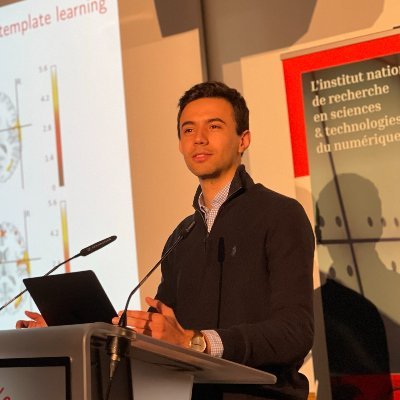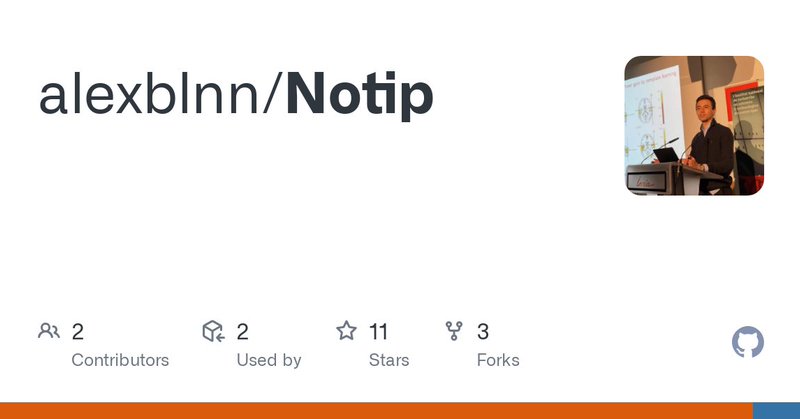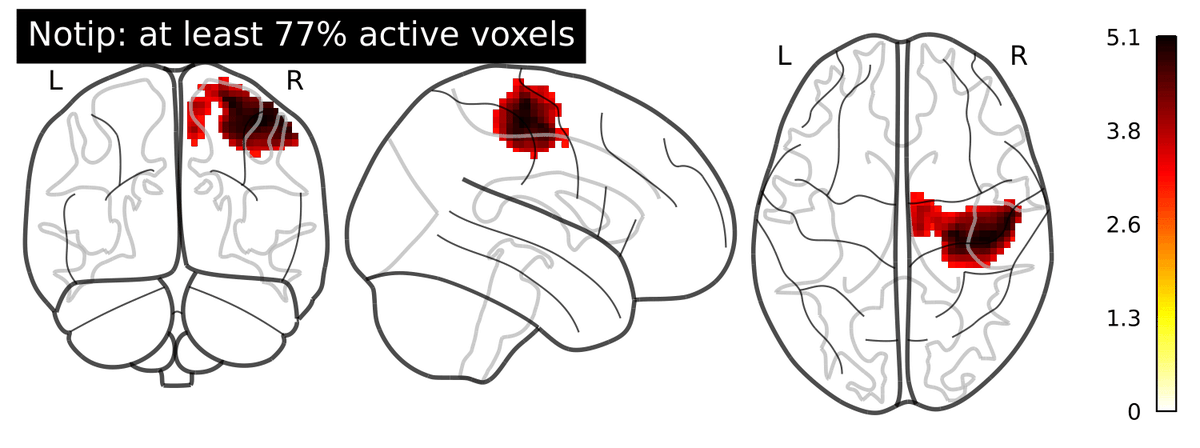
Alexandre Blain
@alexandrebln
Followers
55
Following
50
Media
12
Statuses
18
PhD candidate @Parietal_INRIA, interested in stats/ML for medicine and neuroscience. MSc graduate @ENSAEparis @ENS_ParisSaclay (MVA)
Paris
Joined August 2022
🚀Happy to share our paper at @NeurIPSConf with @BertrandThirion @ogrisel @pneuvial: It introduces KOPI, a novel method for statistically controlled variable selection based on Knockoffs. Come check out our poster #1004 at #NeurIPS2023!. 🧵1/6.
arxiv.org
Controlled variable selection is an important analytical step in various scientific fields, such as brain imaging or genomics. In these high-dimensional data settings, considering too many...
1
7
20
RT @CEA_Officiel: #IA 🤖 ⏐En direct du centre @CEAParisSaclay, à NeuroSpin, où nous accueillons les équipes de @FranceInter pour une journée….
0
12
0
RT @alexisthual: Our paper on using Optimal Transport to compare human cortical surfaces was accepted at #NeurIPS22 🥳.We implement a new OT….
0
48
0
All results are fully reproducible using which relies on @nilearn and sanssouci.python. Computing lower bounds takes ~1 minute per fMRI dataset. This work was done at/with @Parietal_INRIA @BertrandThirion @pneuvial @InstitutDATAIA @Inria_Saclay.
github.com
Contribute to alexblnn/Notip development by creating an account on GitHub.
0
1
5
How many active voxels are there in this cluster ? This question can be addressed using Notip: Non-parametric True Discovery Proportion control for brain imaging published in @NeuroImage_EiC. Pre-print:
2
18
50














